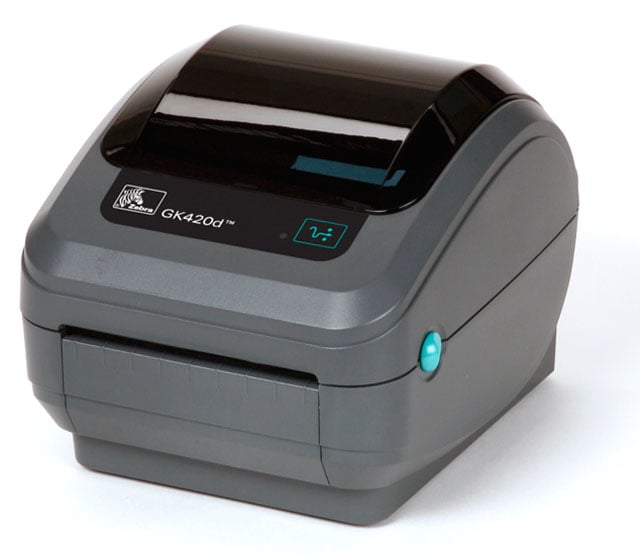Word History: To be given short shrift is not the blessing it once was. The source of our verb shrive (shrove, shriven) and noun shrift, which have technical meanings from ecclesiastical Latin, is Classical Latin scrībere, 'to write.' Shrive comes from the Old English verb scrīfan, 'to decree, decree after judgment, impose a penance upon (a penitent), hear the confession of.'
The past participle of scrīfan is scrifen, our shriven. The noun shrift, 'penance; absolution,' comes from Old English scrift with the same meaning, which comes from scrīptus, the perfect passive participle of scrībere, and means 'what is written,' or, to use the Latin word, 'what is prescribed.'
Theologians and confessors viewed the sacrament of penance as a prescription that cured a moral illness. In early medieval times penances were long and arduous—lengthy pilgrimages and even lifelong exile were not uncommon—and had to be performed before absolution, not after as today. However, less demanding penances could be given in extreme situations; short shrift was a brief penance given to a person condemned to death so that absolution could be granted before execution. Short shrift.
Programma_dlia_perevoda_muzyki_v_noty, ysh, shrift_imitatsiia_matrichnogo_printera,.
*The Red and Blue lines show the relationship between the two parts of the PostScript fonts. The 'screen' font is a font suitcase containing all the information necessary to render a scalable font on your computer monitor. Often the name of this file will be the full font name (Futura-Bold). In addition to this screen font you must also include the linked printer font (the blue and red lines show the relationship between two printer and screen fonts). The two 'screen' PostScript fonts in this example are Futura-Bold and Futura-Book.
Note: The description for the 'Kind' attribute in the Preview pane (on the right in the image) is 'Font Suitcase.' *The Red and Blue lines show the relationship between the two parts of the PostScript fonts. The 'printer' font contains vector outlines of the font and is often named with an abbreviation of the full font name (FuturBol).
In addition to this printer font you must also include the linked screen font (the blue and red lines show the relationship between two printer and screen fonts). The two 'printer' PostScript fonts in this example are FutuBo (linked to Futura-Bold) and FuturBoo (linked to Futura-Book). Note: The description for the 'Kind' attribute in the Preview pane (on the right in the image) is 'PostScript Type 1 outline font.'
When you use a PostScript font in your design, make sure you include each of these files with your output. This is quite easy to do in InDesign.
See ' below. TrueType® Fonts TrueType fonts were designed to eliminate the need for multiple files. They incorporate all three files from the PostScript fonts into one file. TrueType fonts will only be one file. When, you will not see two files for each font as you will when you use PostScript fonts. The two TrueType fonts used for this example are Futura-CondensedMedium and Futura-MediumItalic Note: The description for the 'Kind' attribute in the Preview pane (on the right in the image) is 'Font Suitcase.'
This is the same as with a PostScript font. To tell the difference between the two, see ' below.

OpenType® Fonts OpenType was built on TrueType and also contains, in one file, all the information necessary to render fonts correctly both on screen and in print. It's main benefit is that it is cross-platform. The same file will work on both a Windows and Macintosh system. OpenType fonts with the.otf extension contain PostScript information while those with the.ttf extension are TrueType-based.
With balanced, integrated coverage of applied anatomy, mechanical principles, and relevant sport and daily living applications, this text introduces you to the basics of biomechanics. Instructors and students can now access their course content through the Connect digital learning platform by purchasing either standalone Connect access or a bundle of print and Connect access. For this reason, it includes numerous sample problems and applications, along with practical advice on approaching quantitative problems. Basic biomechanics 7th edition pdf. The quantitative aspects of biomechanics are presented in a manageable, progressive fashion, with practical advice on approaching both qualitative and quantitative problems in biomechanics.
For more information on OpenType fonts visit the. OpenType fonts are only one file and have a.otf extension. When, you will not see two files for each font as you will when you use PostScript fonts. The two OpenType files used in this example are ACaslonPro-Bold.otf and ACaslonPro-Regular.otf.
Note: The description for the 'Kind' attribute in the Preview pane (on the right in the image) is 'OpenType Font' Knowing which fonts are PostScript, TrueType, or OpenType You can tell what most font types are by looking at the extension. Mac Windows •.ttf = TrueType •.otf = OpenType with PostScript Content •.dfont = a version of TrueType • No extension = PostScript (either screen or printer) •.ttf = TrueType •.otf = OpenType with PostScript Content •.pfb and.pfm = PostScript •.CompositeFont or.cff = compressed.pfb and.pfm PostScript files •.fon = For use in on-screen menus and Graphical User Interface (GUI). NOT for printing Another, more visual, way to tell which type of font you are using InDesign is to open your file and click Type > Find Font.